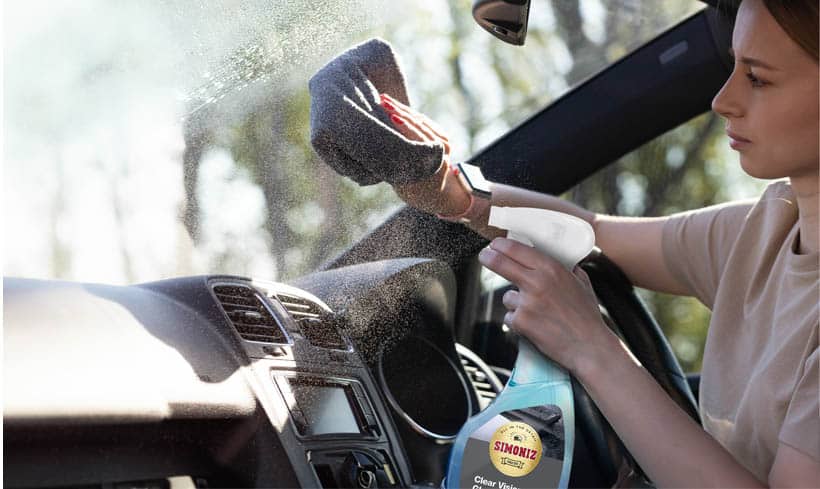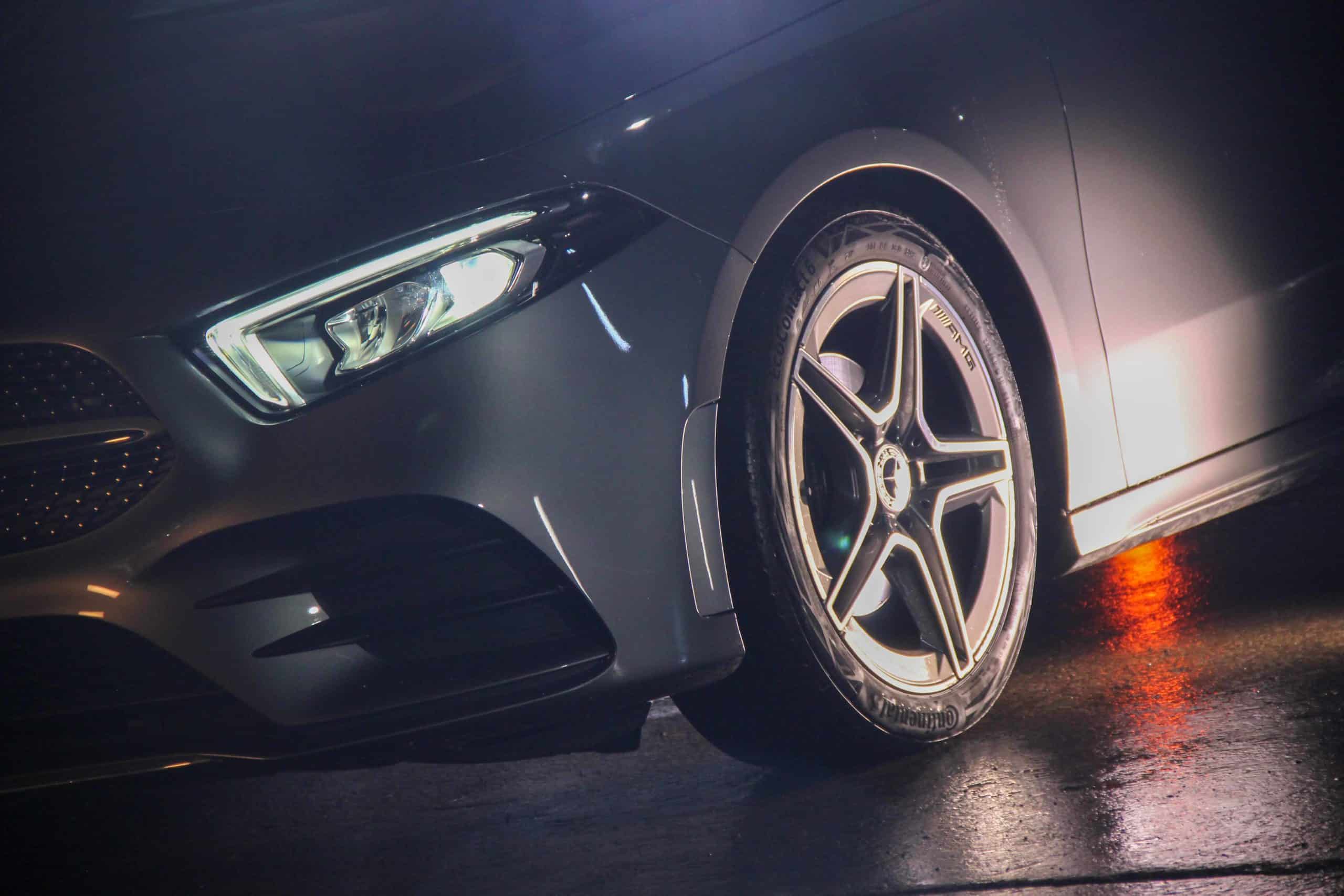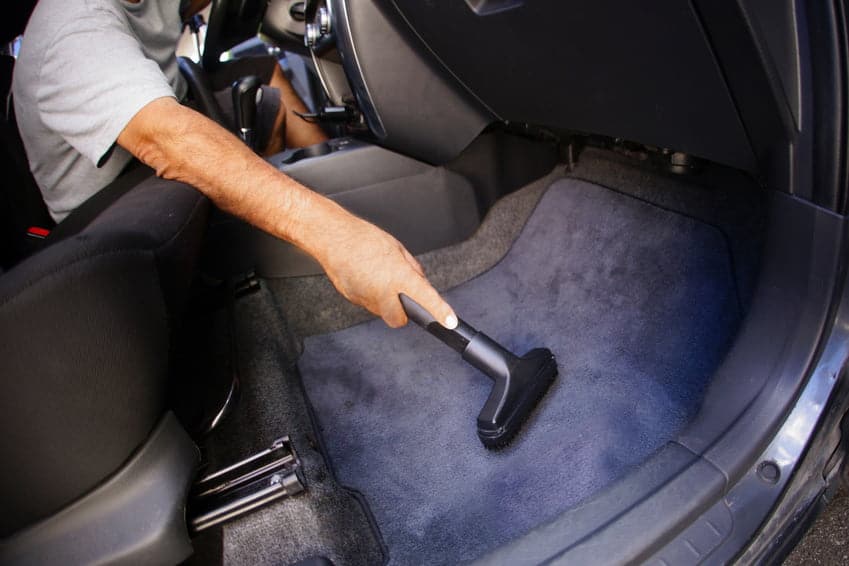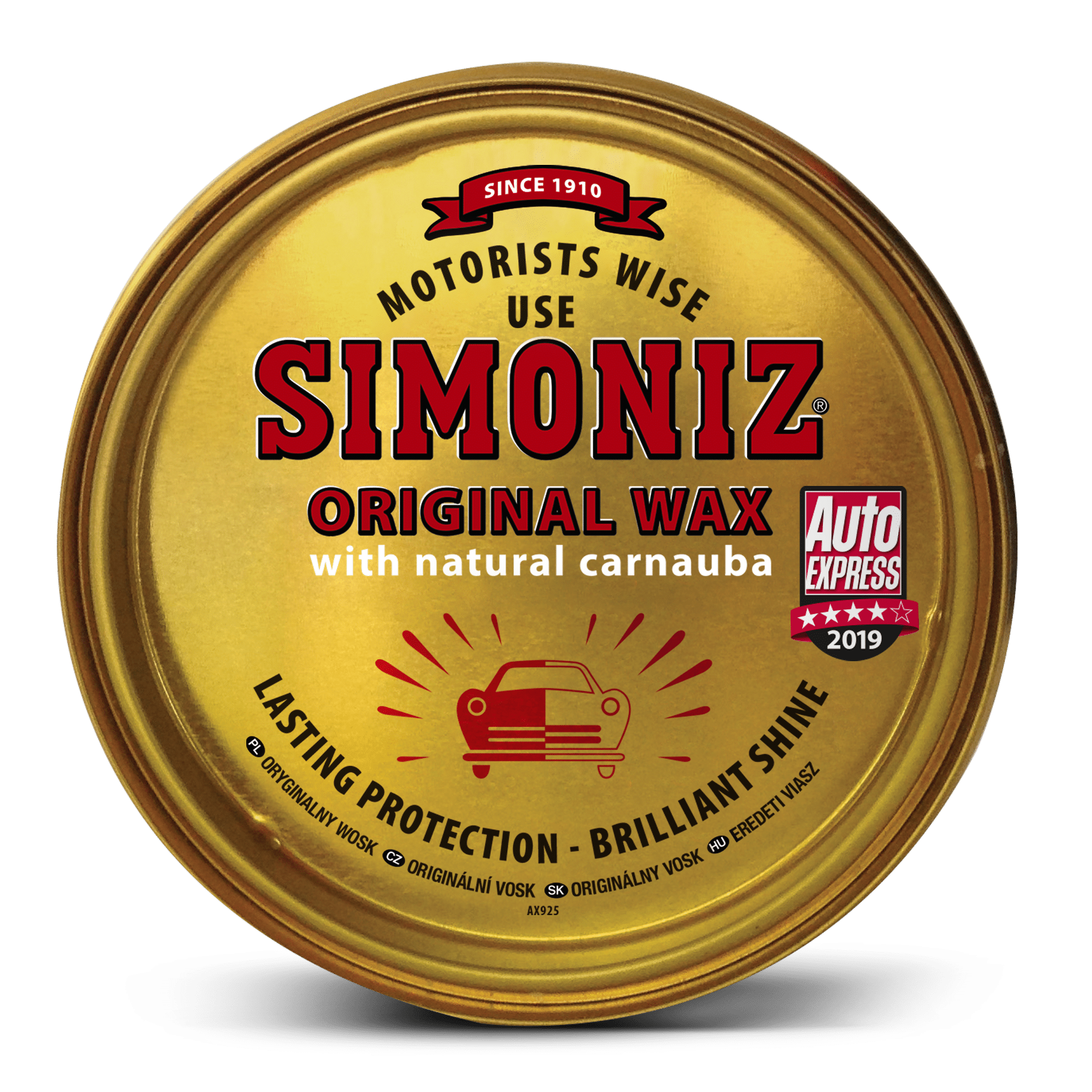If you enjoy taking care of your car but are often left disappointed with the results, you’ll feel the benefit of our top 20 car detailing secrets, which offer hints and tips on how to get the most from your washing, waxing and polishing efforts.
Learning how to detail your car to a professional standard isn’t just a matter of vanity, it’s a smart way to maintain your car’s value, and make sure you get the best possible price when it comes to selling it on.
Here, we offer a selection of car detailing secrets from the Simoniz experts, as well as a handful of further tips from the experts at Professional Valeters & Detailers (PVD).
1. Dry glass surfaces in two directions
When cleaning and drying your car’s windows, you’ll almost certainly come across an annoying streak on either the outside or the inside of the glass. To make the process easier, get in the habit of drying the exterior glass in one direction and the interior in another (horizontal and vertical for instance).
By making the effort to dry the glass this way, you’ll know whether the streak is on the outside or inside of the car by the direction it’s facing — so you can deal with the problem quickly without causing any more streaks and blemishes. (Using a product like Simoniz Anti-Glare Glass Cleaner will also help to avoid streaks.)

2. Don’t forget to clean the very top of the windows
One simple tip that can help you avoid unwanted smears is to wind down the windows to clean the topmost portion of the glass. Excess product can build up in the window jamb, and could result in streaking, dripping and other marks. By winding the windows down an inch or two, you can make sure every inch of the car receives a professional clean, so that all dirt, debris and excess product is removed.
3. Shampoo it Every Fortnight
To keep the paintwork looking great, give it a wash every fortnight or so. As well as removing dirt, it will help to reduce unwanted abrasion and prevent the onset of rust. Some people think washing a car this regularly will remove the protective coating from its paintwork, but this isn’t always the case. Using the wrong thing, like washing up liquid, will damage the paint, and washing it regularly but never waxing it will also leave it exposed to damage. You could use a shampoo and wax to help protect as you wash.
4. Use a Towel or Chamois to Dry the Paintwork
If you let your car air dry after you’ve cleaned it, water marks will develop on the surface — and these are often more difficult to remove than dirt and road dust.
To dry your car effectively, use a soft microfibre towel or chamois to carefully remove any and all water droplets from the paintwork. Using a long, figure of 8 action, start at the top of the car and work down each panel to remove excess water and leave the paintwork looking clean and clear.

5. Remove swirl marks with polish, not wax
Swirl marks are super fine scratches that appear on the surface of your car’s paint, and can be caused by using the wrong kind of cloth or sponge, or using one that’s dirty. Some people might tell you that covering the car in wax will remove the marks, but this isn’t the case. Instead, the best way to remove swirl marks is with a quality car polish.
6. Rinse your sponge regularly during cleaning
To reduce the risk of swirl marks in the future, make sure you rinse your sponge (or cloth) regularly during washing, preferably in a separate bucket. Dirt particles on the sponge can easily cause damage to the paint, so try to get the sponge or cloth as clean as possible before bringing it back to the paintwork.
7. Treat your trim before applying polish and wax
Black plastic trim requires different care and maintenance from the rest of the bodywork. To keep plastic trim looking its best, we’d recommend treating it with a black restoring product before waxing and polishing the surrounding metalwork.
Why? Products like Simoniz Back to Black Bumper Shine are designed to not only restore the colour of the plastic, but protect it from grime, chemicals and abrasion. Waxes and polishes can actually stain the bare plastic, which is why it’s a good idea to treat these areas first.

8. Apply wax with a power buffer — don’t remove it with one
A power buffer is a great way to get professional results, but it’s important to know how to use one properly. Often, people make the mistake of removing wax and polish with a buffer, but this can lead to an uneven finish and swirls in the clear coat.
Instead, you should apply wax with a power buffer, before removing with a soft, dry cloth. By covering the buffer pad in wax, you’ll prevent the machine from burning the paint layer and end up with a thin and evenly distributed coat of wax.
9. Check the surface with a plastic bag
Before sealing the paintwork with a fresh coat of wax, you should always check to make sure all areas of dirt and abrasion have been removed. But how do you do this without getting annoying fingerprints all over your freshly washed and polished bodywork?
One of the simplest ways to feel for areas of dirt and abrasion is to put your hand in a standard plastic carrier bag and run it over the surface of the car. This will allow you to feel for any bumps and bits of dirt, without the risk of getting greasy fingerprints on the paintwork.
10. It’s all about the type of cloth
Traditionally, sponges have been the go-to tool for washing cars, but no longer. Now it’s all about soft, microfibre cloths, which make it easier to wash, rinse and dry your car’s paintwork without the risk of scratching or scrubbing.
Microfibre cloths offer lower friction and greater efficiency for fast, effective washing and rinsing. Just remember to keep your wash and dry cloths separate, and make sure you remove any labels or tags from the cloths to avoid scratching.

11. Invest in a dual action polisher
Polishing is one of the most important jobs when it comes to professionally detailing your car, so it pays to invest in the right equipment to get the best possible results.
We’d definitely recommend buying a dual action polisher, which will easily handle any polishing jobs you throw at it. Perfect for ironing out areas of abrasion, and removing layers of old wax, these motorised polishers will ensure your car always has a smooth, even finish for a lasting just-bought shine.
12. Use static electricity on carpets
Carpet fibres trap dust, dirt and bits, making it very difficult to remove them when it comes to vacuuming. There’s nothing more annoying than scrubbing your car’s carpets with a vacuum brush, only to find the bits are just as ingrained as they were previously — if not more so.
One tip to easily remove these stubborn bits is to use static electricity to draw the bits upwards and out of the fibres, making them easier to remove with a hoover. You can do this using a latex glove, and gently rubbing your hand across the surface of the carpet. The friction will generate static, and pull the bits upwards for easier removal.
13. Brush the carpet first
Another great tip to get rid of annoying bits is to brush the carpet with a stiff nylon brush. This will agitate the carpet fibres, making it easier to remove the bits with a vacuum cleaner. Be careful not to rub too hard, however, as this could damage the upholstery and lead to fraying. Our Upholstery and Carpet Cleaner has a brush attached to make this easy.
14. Use compressed air to deodorise your vents
If your car no longer has that new car scent, and you’ve tried a range of air freshening products without success, use a can of compressed air to give the vents a quick blast. Dust, dirt and moisture can build up on the inside of air vents, causing stale odours to circulate through the cabin whenever they’re in use. Compressed air will remove the offending muck, grime and bacteria, giving your car a fresher, more neutral smell.
15. Invest in quality car cleaning products and tools
When it comes to cleaning your car, it pays to have the right tools, products and equipment. Here at Simoniz, our car shampoo is safe for use on any paintwork finish, and features a deep cleaning formula with carnauba wax that will remove stubborn dirt and debris whilst offering complete protection and shine. We’d recommend following up with a wax – a long-lasting hard wax like Original Wax if you have time, or Quickshine Detailer if you want instant shine.
As well as these hard-working care products, we’d also recommend buying a good quality car sponge, a chamois or microfibre cloth, a wheel brush and a pressure washer to make a proper job of cleaning the car each and every time.
We asked the guys over at Professional Valeters and Detailers (PVD), the UK’s largest trade association for valeting, to share some of their top tips – here’s what they had to say:
1. Always wash your car when the bodywork is cool and out of direct sunlight – water evaporates faster on hot cars which can leave water marks.
2. Always dress your tyres last as tyre dressings often contain silicone, which you don’t want on bodywork when you wax it.
3. When washing a car, remember to clean the door, boot, and bonnet shuts as dirt and water can gather there and then dribble out over clean exterior bodywork.
4. When drying a car, use an absorbent microfibre towel as older style chamois leathers can mark paintwork, and use a light misting of quick detailer to help prevent watermarks.
5. When washing a car, use two buckets, one with shampoo and one without. This avoids putting dirty water back on to the car. Fifteen litre or more buckets are recommended, ideally with anti-grit grates in the bottom.
From Insect & Tar Remover to our Original Wax, Simoniz offer a range of products to help you detail your car like a pro. To browse our complete range of car valeting products, visit our products page.





